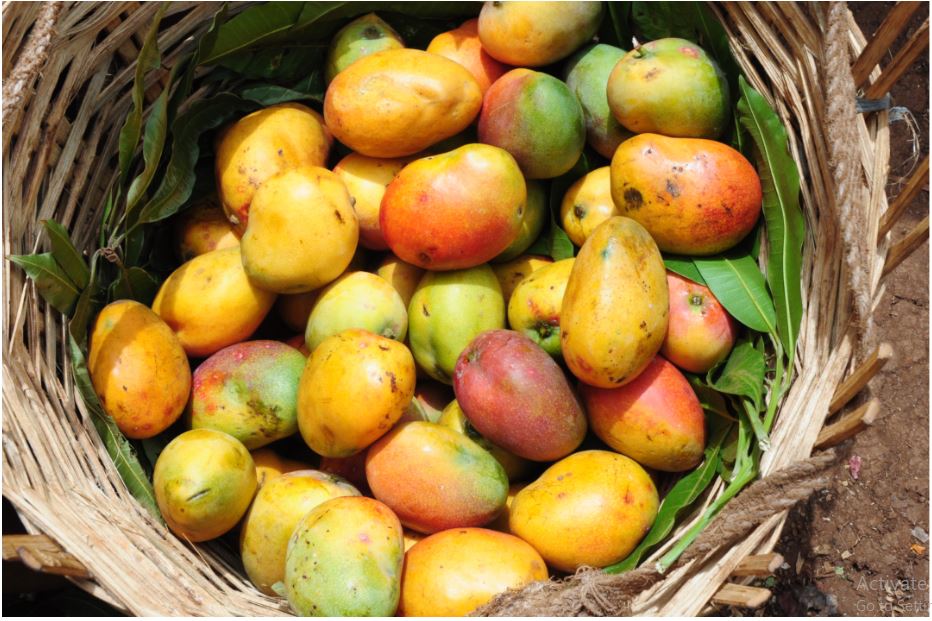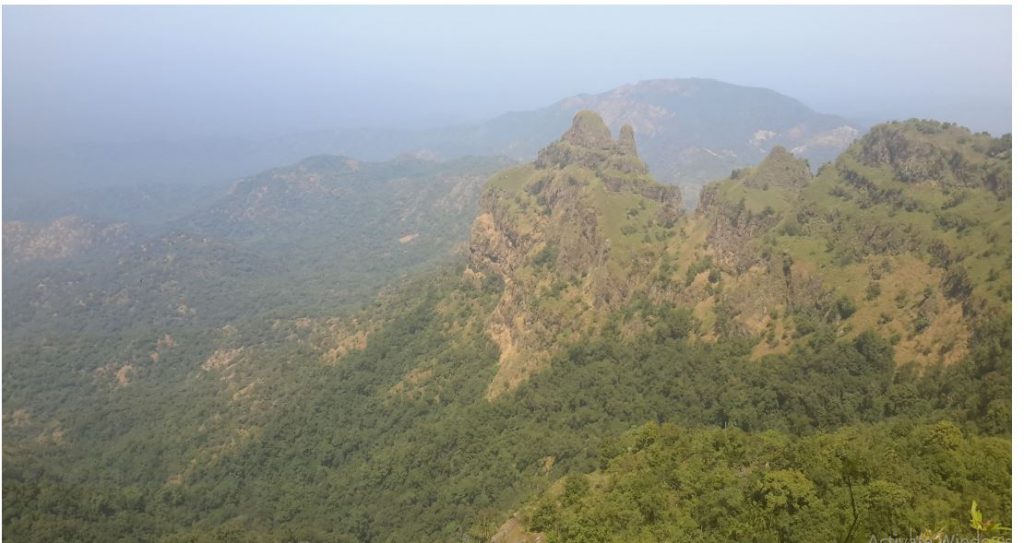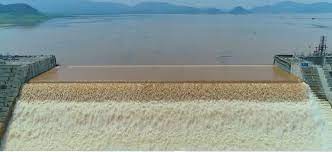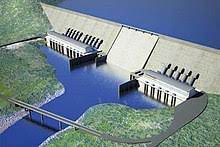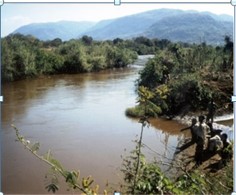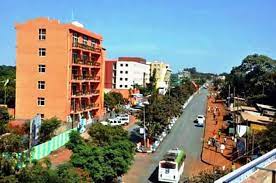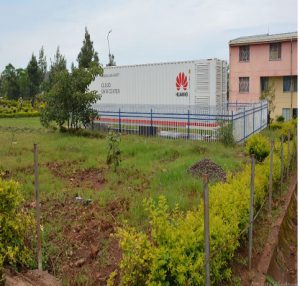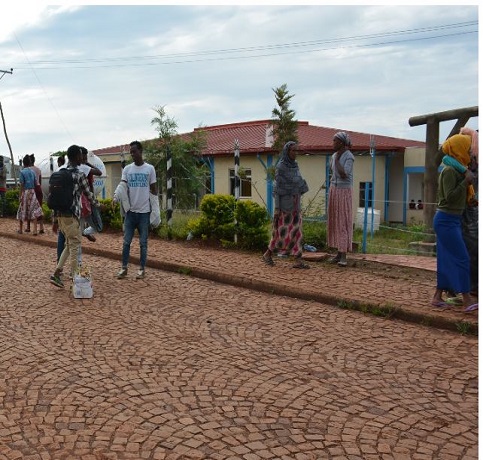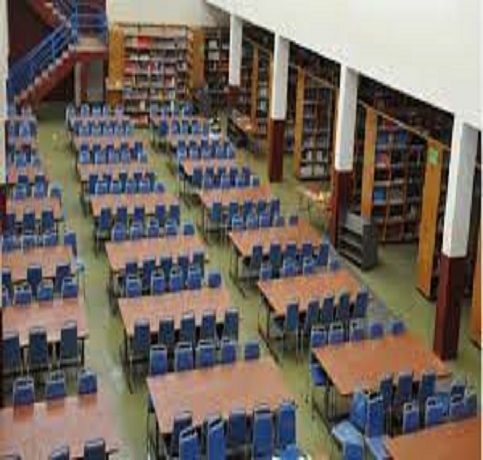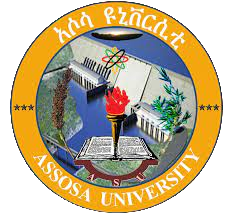Assosa University in Birds Eye View Background
Assosa University (ASU) is one of the third generations Public Universities in Ethiopia, which was established in May2011 by the Council of Ministers decree number 215/2011.The corner stone was laid on May 4, 2009.
The University has been established with the objective to produce qualified and dedicated man power that the country needs. The qualified and dedicated manpower would participate in conducting scientific research, providing community service to the community they have come from.All the activities done by the University aims at strengthening and realization of the growth and transformation plan.
The objective of ASU is to produce highly qualified and dedicated man power, to conduct research and to provide community service. It is also engaging in various developmental activities to achieve the country’s Growth and Transformation Plan.
The University is located in Assosa town which is the capitalcity of Benishangul Gumuz Regional State. The town is strategic place for numerous social, political and economic activities. It is locatedat a distance of 660 kilometers away from Addis Ababa, 210kilometers south of the Grand Ethiopian Renaissance Dam/GERD/ and 96 km East of the Ethio-Sudanese border.
The University officially embarkedon its service on June 2011G.C. The university began the teaching learning program at Assosa Agricultural College. The university had taught for two years at Assosa Agricultural College. Since 2013G.C, the University has moved to its own main campus which was granted by the Assosa Town Administration. The academic wingwas launched with 100 Teachers, 5 faculties consisting 17 undergraduate fields of studies.
The University started teaching-learning with 1043 students in regular program in December, 2011. The intake capacity of the University grows time to time.. Up to 2019 academic year 8153 students graduated.
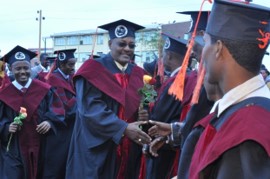
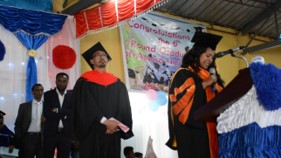
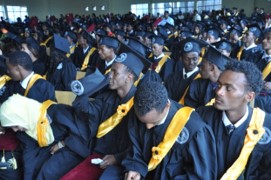
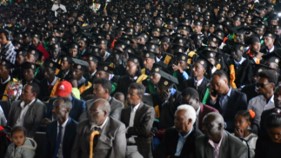
2011 E.C Graduation
The University’s enrollment capacity bases on the “70/30” national policy (70% of the total students in Science and Technology, and 30% in Social Science).
Currently, ASU has 7,345 students in undergraduate regular program which are admitted under 36 departments. Besidesto this, 3,951 students enrolled to20 departments in weekend, evening, off season and summer programs in 2019G.C. The University has also started Master (post graduate program) in the summer and Weekends with 377 students under three departments, 331 in post graduate diploma training (PGDT) and 42 female school principals. Hence, the grand total number of students in the University (under graduate, post graduate, PGDT and school principals program) is 11,673 students.
The University is running regular Master’s program in four departments in the 2019 G.C calendar year. These are Master of Business Administration 14, Master of Zoological Science 7, Master of Animal Production 10, and Master of plant protection 8 the Grand total of 39 students have registered and been attending the programs at this moment.
The University has 853 academic staffs. Among 853 teachers 373 of them are on study leave in the country and abroad for Further Study. Moreover, there are 1,647 administrative staffs and 37 contractual workers existing on job recently in ASU.
Main Interest Areas of Collaboration (Partnership) ASU is interested to establish partnership in the following areas.
- Staff Development Programs: Staff exchange and academic staff
- capacity building programs (through training, experience sharing and staff exchange)
- Leadership Experience Sharing
- Student Exchange Program
- Joint (Collaborative) Graduate program
- Collaborative Research and Research Capacity Building Program (Doing joint research, professional trainings on research skill development, sharing research resources and experiences)
- Joint Project Work and Community Engagement Activities
- Enhancing and advancing laboratory and ICT equipment
- Publishing and distributing research journals
- Natural Resource Conservation (GERD related)
- Women empowering
- Enhancing quality education
Faculties & Departments as of September 2015 GC
- College of Engineering
- Civil Engineering
- Electrical and Computer Engineering
- Mechanical Engineering
- Surveying Engineering
- Construction and Technology Management engineering
- Water Resource and Irrigation Engineering
- College of computing and Informatics
- Computer Science
- Information Science
- Information Technology
- College of Agriculture and Natural Resource
- Plant Science
- Animal Science
- Natural Resource Management
- Agricultural Economics
- Soil and water Resource Management
- Animal Health/Veterinary Science
- College of Natural and computational science
- Biology
- Chemistry
- Physics
- Maths
- Sport Science
- Geology
- Statistics
- College of Business and Economics
- Managment
- Economics
- Accounting and finance
- Publicadministration & Development management
- Hotel and Tourism
- College of Social science and Humanities
- English language and Literature
- Local languages (Bertagna,Shinashigna and Gumuzgna
- Civic and Ethical study
- Psychology
- Sociology
- Journalism and Communication
- Statistics
- College of Health Science
- Health officer
- Mid wifery
- Clinical Nursing
- College of Law
- School of Education and Behavioral science
- (Post-Graduation Diploma Training) PGDT
Assosa University Post Graduate Programs
- School of post Graduate Studies
- Master of Business Administration /MBA/
- Master of Development Economics
- Master of Project Planning and Management
- Master of Zoological Science
- Master of Animal Production
- Master of plant protection
- Master of Science in Information Technology
The University Building
The cornerstone of the University Building laid on May 4, 2009 on 200 hectares of land granted by Assosa town Administration. Since the construction of the University building is going on with 4 phases of project schedules. With partial completion of the construction, the University has moved to this new building in September 2013 after two years stays in a temporary campus.
Student Life
Students are encouraged to openly discuss, forward demands democratically and involve in activities/duties regarding their life in the campus. In order to facilitate the demands, freely elect their leaders who serve in the University student council. The council has the bargaining ability to some extent expressed in the university senate law.
Transportation
There are two alternative mode of transportation that can be used to come to Assosa who are coming from Addis Ababa. The first one is air flight. It only takes you 55 minutes flight. The other alternative is land transportation. The land transportation could be either buses or mini buses. It takes nearly a full day travel
Routes
There are two main outlet routes. The first route helps to leave Assosa to Addis Ababa. The second main outlet takes you to Blue Nile State. This route will also let you leave Assosa to Metekel Zone.
Opportunities
Benishangul-Gumz Region is one of the nine regional states in Ethiopia bordered by Amhara region in the north and northeast, Oromia region in the east Gambella region in the south and with the Sudan & South Sudan in the west. Blue Nile River divides the region in to two that is Metekel zone in the northern & Assosa &Kamashi zones in the southern parts. It has an area of 50380 km2 and elevation ranging from 500 meter at the Blue Nile riverbed crossing the Ethio-Sudanese boarder to 2731 meters ASL at the Belaya plateau.
The region has a rich, untapped natural resources, the significant ones so far known being Gold and marble. Recent explorations in the region identify as the region as one belong the largest gold ore reserves in Ethiopia ever discovered. Traditional gold mining is/ alluvial gold mining that is widely practiced among the indigenous communities. Nowadays it has a significant contribution to the export of the country. About half a million hectare of low land Bamboo is found in the region which amounts 50% of Ethiopia’s low land bamboo forest. The Region is also known with Mango fruit, Gum & Incense. The Blue Nile (Abay) river reaches its maximum flow in this region as it is joined by its tributaries, Dedesa, Anger, Dindir, Dabus&Beles thereby crossing vast areas of plane land suitable for irrigation. Moreover, the region is home of the Grand Ethiopian Renaissance Dam.
Owing to these development potential, the region is expected to being one of the main growth corridors in North Western Ethiopia. Assosa University also has a role towards taking this prediction in to reality.
Partnership
Even though ASU is a young university, it has keen interest to work in collaboration with other institutions for mutual benefits. The university has signed number of partnership agreements with local agencies- Bahir Dar University, Gilgel Beles College of Teachers Education, Tana Beles Integrated Sugar factory, regional and Zonal Sectorial Offices. The university has made partnership agreements with Blue Nile University, in Blue Nile state, Xidian University in The Republic of China. The agreements have focused on the mutual benefits of the two parties.
University Presidents Since inauguration of the university
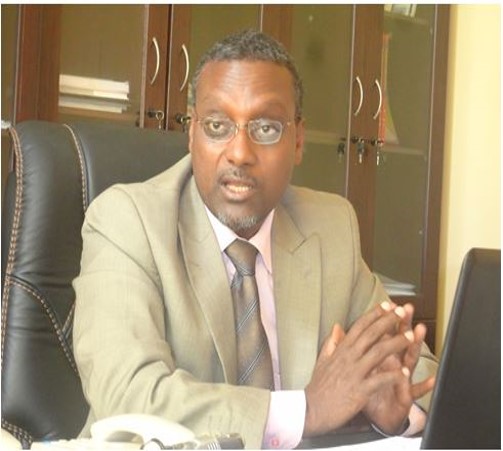
Dr. Tamiru Hirpa, the Founder President(2004 to 2005 E.C)
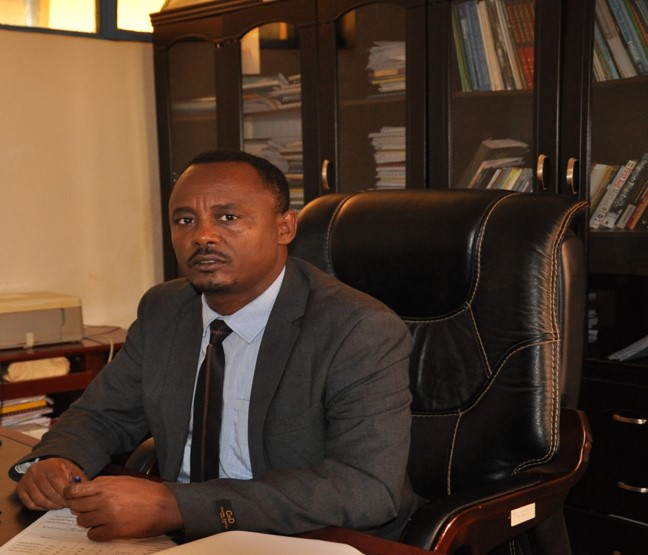
Dr. Amsalu Bedimo (May, 2005 to July, 2010 E.C)
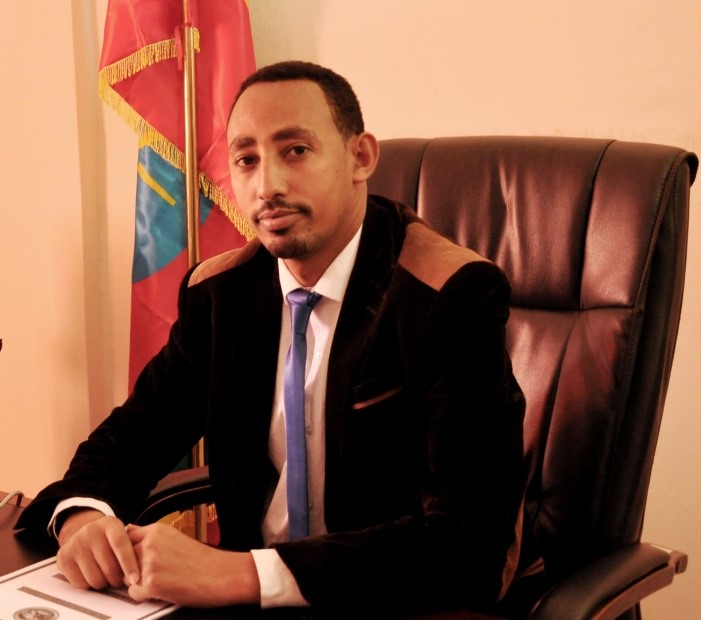
Dr. Haimanot Disassa, Acting President (July, 2010 E.C – July 14, 2011E.C
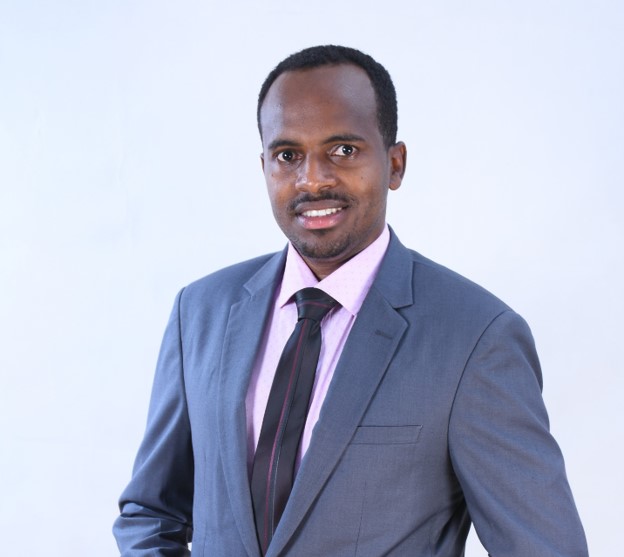
Dr. Kemal AbdurahimAhmed (since July 15, 2011 onwards)
About Benishangul Gumuz Region
The region was established in 1994 as one of the nine regional states of Ethiopia. Geographically, it is located between 090 07’N-120 06’N and 34010’E- 370 04’E with the total area of 503,080 square kilometer. In terms of relative location, the region is located in the Western and North Western part of the country; bordering on the West by North Sudan, on the North and North East by the Amhara Region, on the South and South East by Oromia Region and on South West by Gambela Region.
The Region Administrative Structure is divided in to 3 Zones, 19 Woredas, one Special Woreda and 3 City Administration. In the region, there are a tremendous Natural and Manmade heritages or tourist attraction areas such as historical places, funeral places, palaces, inscription on the stones and mosques. Capital City of the region is known as Assosa, which is 670k.m far from Addis Ababa.
When we see the landscape of the region is very attractive; there are many beautiful mountains like: Belaya, Gesengesa, Jaloleka, Shimolo,Kudaguna and Fametsere.Likewise, there are biggest rivers in the region such as Abay, Dabus,Dedesa and Roha rivers. These rivers have a potential for irrigation and hydroelectric power.
There are also different minerals like, Gold and Marble. On the other hand, Incense tree and Bamboo tree are indigenous .The region is found 580 k.m above sea level and 2,730 m below sea level and there are different agrological zone; Kola, WoyinaDega and Dega climate. Annual temperature of the region is in between 14 oc lower and 35 oc higher
